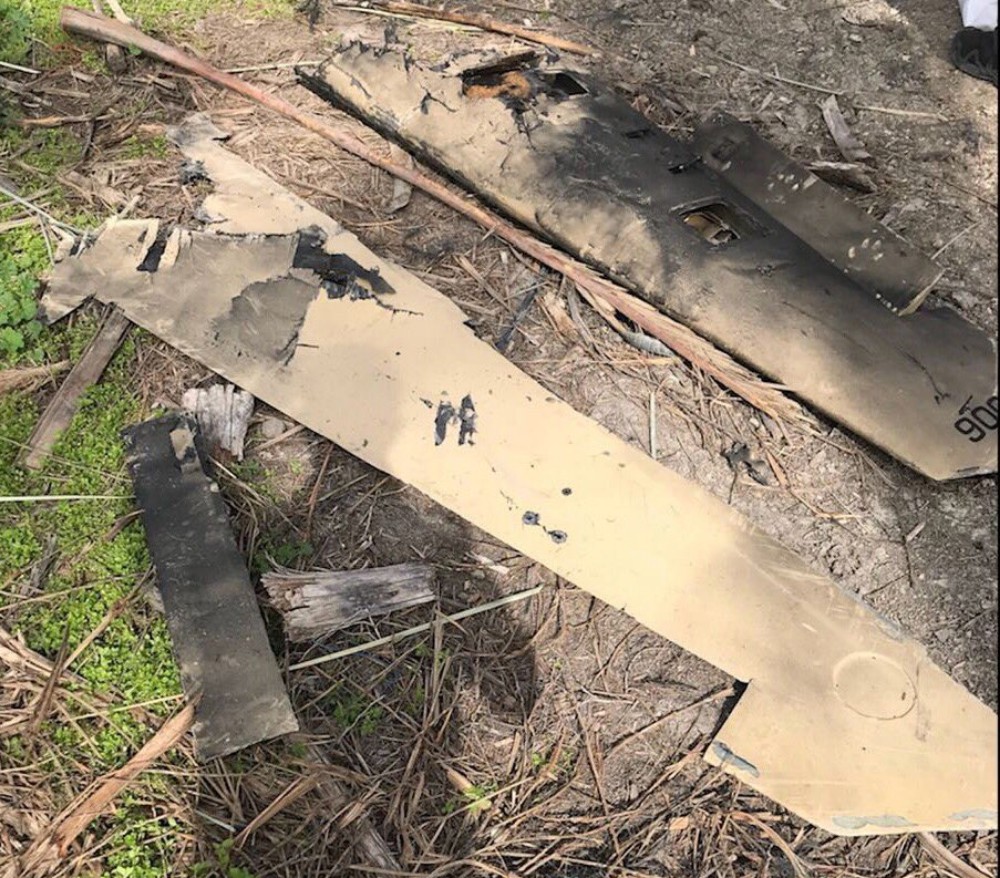The Israeli military released on Saturday a video of Israeli attack helicopters shooting down an Iranian drone infiltrating Israeli airspace from Syria. In response to the drone infiltration, Israeli aircraft stuck Iranian targets in Syria, with a barrage of Syrian air-defence missiles bringing down an Israeli F-16 over Israel.
IDF Spokesman Brig. Gen. Ronen Manelis said Israel
“identified an Iranian drone drone which took off from Syrian territory. The drone was identified by IAF systems and was downed by an IAF helicopter. The Iranian drone fell in our territory and is in our possession.”
Manlis said that Israel targeted the control site from which “the Iranians launched the drone,” adding that, “This was a surgical action deep in Syria, target destroyed.”
“This is a serious Iranian attack on Israeli territory,” Manelis said “Iran is dragging the region into a situation in which it doesn’t know how it will end. We are prepared for a variety of incidents…whoever is responsible for this incident is the one who will pay the price.”
The drone that came from Syria was a knockoff of the United States’ RQ-170. Its distinct silhouette is clearly visible on video of the drone intrusion provided by Israel’s Defense Ministry. It appears the drone was destroyed by a missile controlled with an electro-optical sensor.
Iran’s clone called the Saeqeh, or Thunderbolt, is armed and carried four precision bombs. It is controlled and managed by a command vehicle. Israel also destroyed the command vehicle in a follow up to the Saeqeh shootdown.
There were many who said that Iran was not capable of copying the RQ-170 they captured because they lacked stealth coating and other radar-evading technology. But we know a few things, including the fact that the Iranians shared the RQ-170 exploitation with the Russians, so they had plenty of help in figuring out what they could or could not do.
Iran’s objective was to create a stealthy combat drone, so the Iranian copy is smaller and carries four bombs on the underside. With external bombs, the stealth platform would not be radar evading.
Israel appears to have abandoned using radar-guided weapons to down the Iranian drone. Judging from the IDF supplied video, it almost certainly appears that the drone was destroyed by a missile controlled with an electro-optical sensor, allowing the helicopter pilot to track the drone and kill it. So, the lesson is that electro-optical systems are important in dealing with small platforms and against stealth targets.
Following the downing of the Israeli fighter jet, Israel said it carried out “large scale strikes” in Syria targeting Syrian air-defence batteries and four Iranian sites.
Iran rejected as “ridiculous” reports that Israel had intercepted an Iranian drone launched from Syria. In a first official response, it said
“Reports of downing an Iranian drone flying over Israel and also Iran’s involvement in attacking an Israeli jet are so ridiculous … Iran only provides military advice to Syria,” TV quoted Iran’s Foreign Ministry spokesman Bahram Qasemi as saying.
Sources: Haaretz; Asia Times

